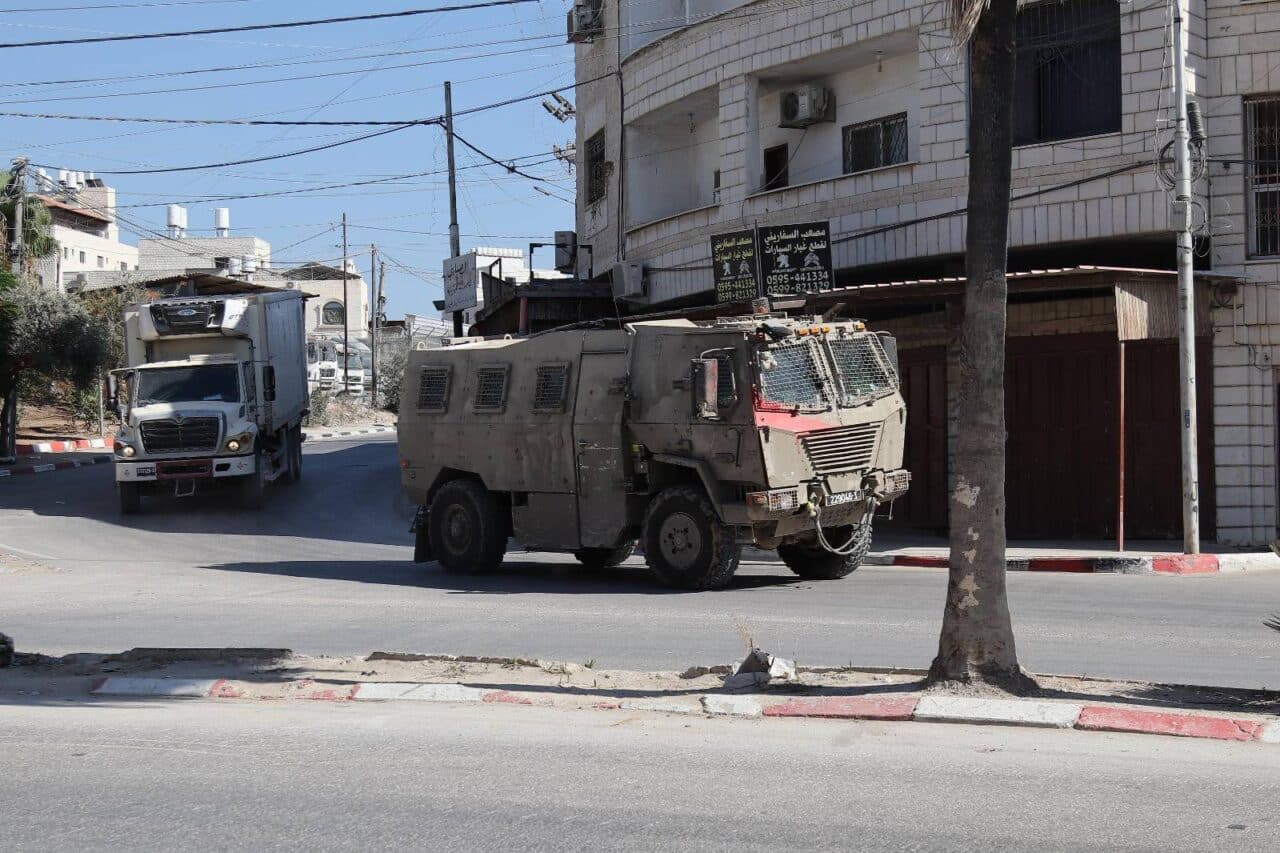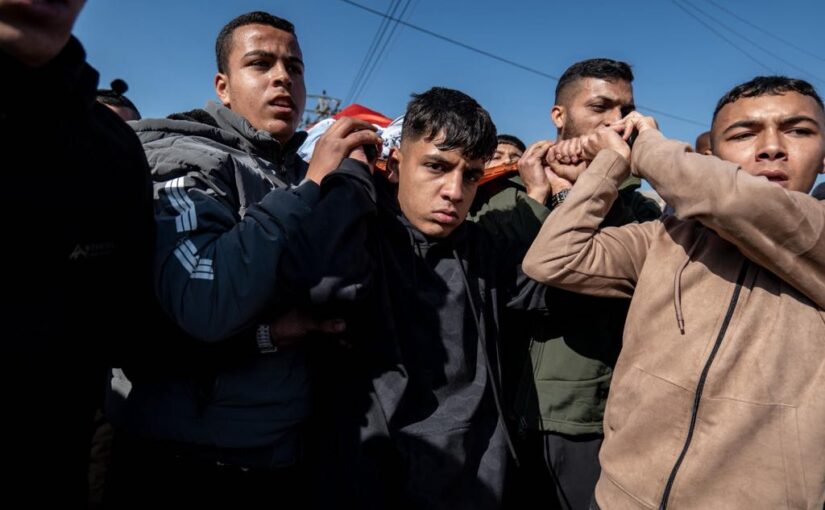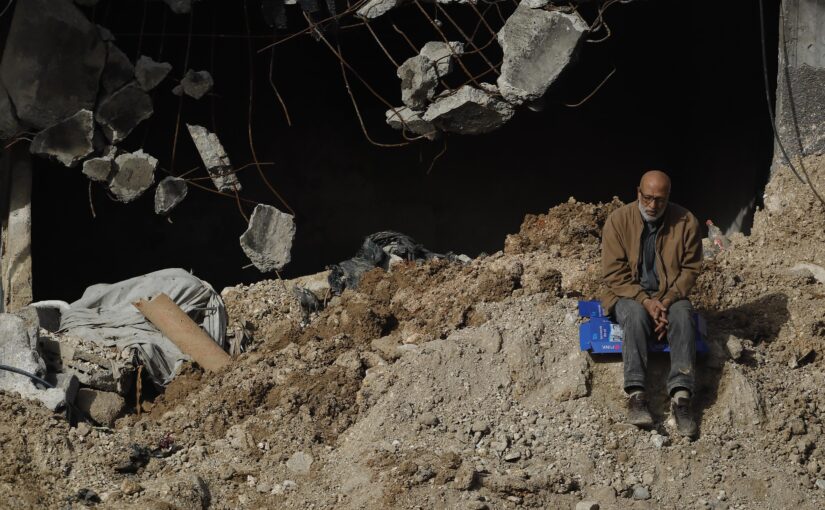Tag: Tulkarem Camp
-

Israel has turned Tulkarm into a stricken city
Diana Khwaelid The Israeli occupation forces have increasingly tightened the siege and restrictions on the city of Tulkarem for seven months in a row, with the city being under the control and constant incursion of Israeli forces, especially affecting the Palestinian refugee camps. Tulkarem refugee camp is the second largest camp in the West Bank.…
-

Israel Targets Palestinian Youth in the West Bank
Nablus – West Bank By: Diana Khwaelid What will happen to the next generation of youth if Israel continues to target and kill Palestinian children? The Palestinian people are enduring a difficult period, one that mirrors the challenges faced during the First and Second Intifadas, perhaps even more so. This struggle has only intensified since…
-

Nine martyrs in Tulkarem: who will hold Israel accountable?
Israel has committed war crimes in Gaza, in the West Bank, in Syria, and in Lebanon. Who will hold them accountable for their crimes? By Diana Khwaelid | December 27, 2024 | Tulkarem, West Bank Nine Palestinian were martyred last week in Tulkarem and neighbouring cities during an Israeli military operation in refugee camps in…
